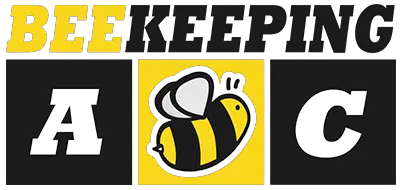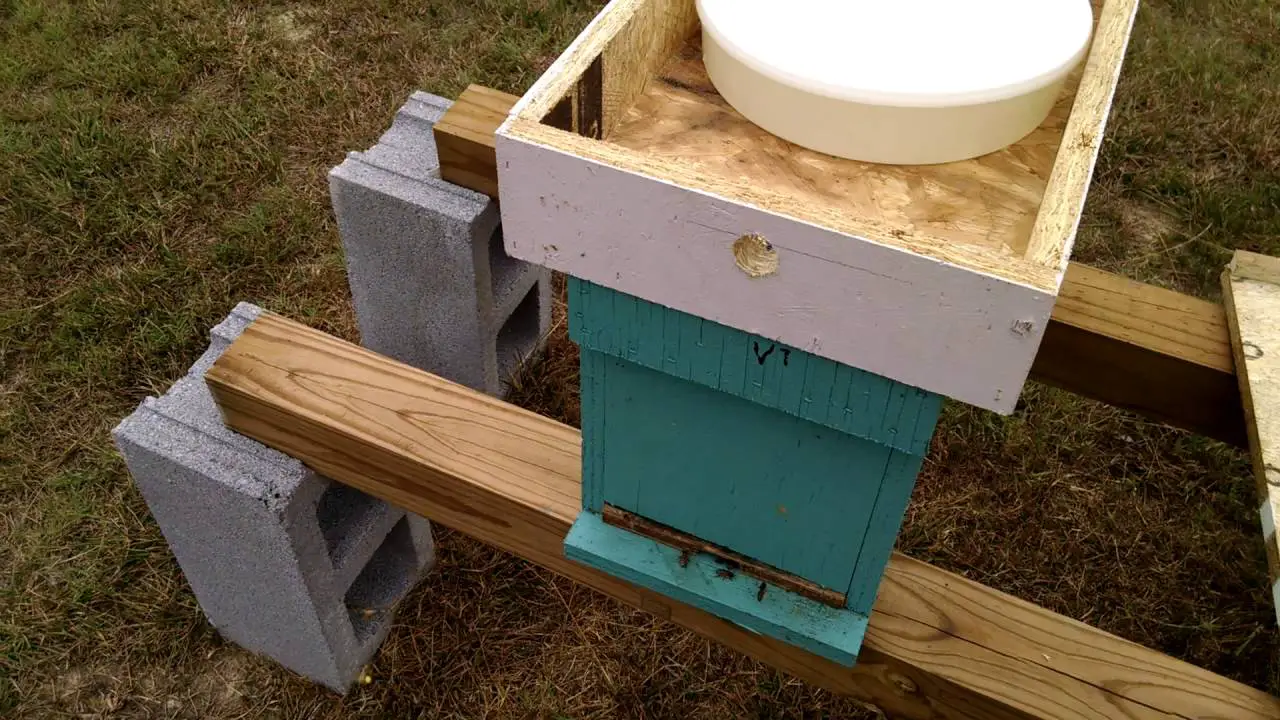One of the best things about keeping bees is that these insects lead very independent lifestyles. Once they’ve formed a colony, they’ll be able to move and retrieve all kinds of resources from far and wide. They’ll also be in a position to make honey for their future needs.
As a rule of thumb, if the colonies have a system for fending for themselves, then there’s no need for human intervention. Keep in mind that some wild hives have survived for years without any help from humans.
That said, there are a few instances where they do need our help, specifically in feeding. For those occasional periods, it helps to have a feeder in place. This article explains some of the best feeder plans you can rely on.
The Hive Top Feeder Plans
While there are other kinds of feeders, the most common is the hive top feeder. The standard design of this unit entails a feeder that sits on top of the hive while remaining aligned to a hole in the inner cover.
Often, these feeders consist of inverted mason jars that have tiny holes drilled in their downward-facing lids. This setup gives bees access to the much-needed syrup while also keeping unwanted insects away.
Hive top feeders have different capacities, and this mainly depends on the number of mason jars included. Some have just 1 while others incorporate at least 4 jars. These feeders also differ based on their structure. Here are the two most common hive top feeder plans:
Ten-Frame Langstroth Hive
Quantity Material Dimensions Description
2 1 x 4 inch clear pine 19.875 x 3.5 x 0.75 inches These represent the sections that form the length of the feeder.
2 1 x 4 inch clear pine 15.5 x 3.5 x 0.75 inches These represent the portions that form the width of the feeder.
2 1 x 4 inch clear pine 15.5 x 2.5 x 0.75 inches These will go into the shallow entrance walls of the feeding
feeding space
2 1 x 4 inch clear pine 14.75 x 2.625 x 0.75 inches These ones form the deep entrance walls of the feeding unit.
2 1 x 4inch lauan plywood 15.5 x 9.25 x 0.25 inches This forms the base of the feeder
2 #8 hardware cloth 14.75 x 5 inches These sections serve as the screening inserts for the feeder.
1 #8 Hardware cloth 16.25 x 5 inch This is the top-most
section of the feeding area
Eight-Frame Langstroth Hive
Quantity Material Dimensions Description
2 1 x 4 inch clear pine 19.875 x 3.5 x 0.75 inches They form the length of the feeder.
2 1 x 4 inch clear pine 13 x 3.5 x 0.75 inches They form the width of the feeder.
2 1 x 4 inch clear pine 13 x 2.5 x 0.75 inches These form the shallow entrance walls of the feeding
area
2 1 x 4 inch clear pine 12.25 x 2.625 x 0.75 inches These create the deep entrance walls of the feeder
2 0.25 inch lauan plywood 13 x 9.25 x 0.25 inches They becomes the base of the feeder
2 #8 hardware cloth 12.25 x 5 inches These are the screening inserts for the feeding area.
1 #8 Hardware cloth 13.75 x 5 inch It becomes the screened top
of the feeding unit section
When Should You Use Hive Feeders?
One of the most crucial times to use a hive feeder is when you’re introducing a colony to its new home. At this point, the bees have not had the opportunity to roam and forage for food. They are still getting used to their new environs, and they might take awhile to get resources.
If you fail to feed them at this initial stage, you’re prompting the starving insects to leave their new hive and hunt for food elsewhere. The problem with this scenario is that if they’re incapable of collecting enough food to establish their home, they might abscond.
Another time that warrants using a feeder is when winter approaches. By this time, it’s likely that they’ll have exhausted all their summer and fall supplies. Thus, they’ll be in the middle of building reserves for the upcoming season.
While it’s not mandatory, you can decide to supplement their food with sugar syrup or other recommended bee food products. This is because the winter freeze can result in scarcity of nectar.
Final Word
When conditions are unfavorable for bees to fend for themselves, beekeepers need to lend a hand to help them survive. For instance, the winter season makes it difficult to gather any kind of supplies.
It is during these instances that hive top feeders come in handy. As the name suggests, these units are positioned directly on top of the hives, and they mainly consist of inverted mason jars. These feeders also come in one of two plans: the eight-frame and ten-frame langstroth hives.


![3 Big Mistakes Beginner Beekeepers Make [And How To Avoid Them!]](https://beekeepingabc.com/wp-content/uploads/2020/11/3-mistakes-beginner-beekeepers-make-90x75.jpg)

![Move over ducks, Queen Bees quack too! [Here’s Why]](https://beekeepingabc.com/wp-content/uploads/2020/06/queen-bee-90x75.png)
![The Flow Hive 2 Review [ Vs. The Classic Flow Hive]](https://beekeepingabc.com/wp-content/uploads/2020/02/Flow-Hive-2-90x75.jpg)
![How Bees Fly [10 Facts About How, When, and Why]](https://beekeepingabc.com/wp-content/uploads/2019/12/A-Bee-Flying-90x75.jpg)